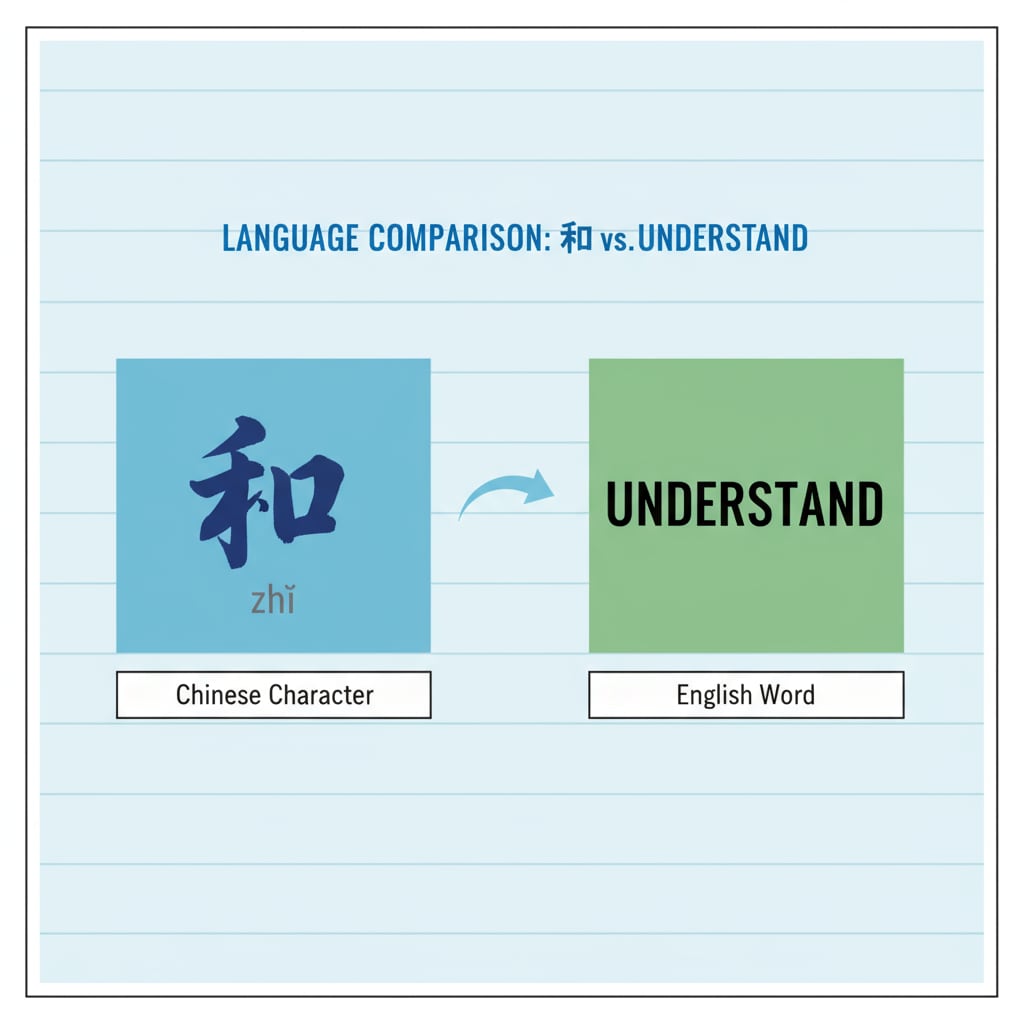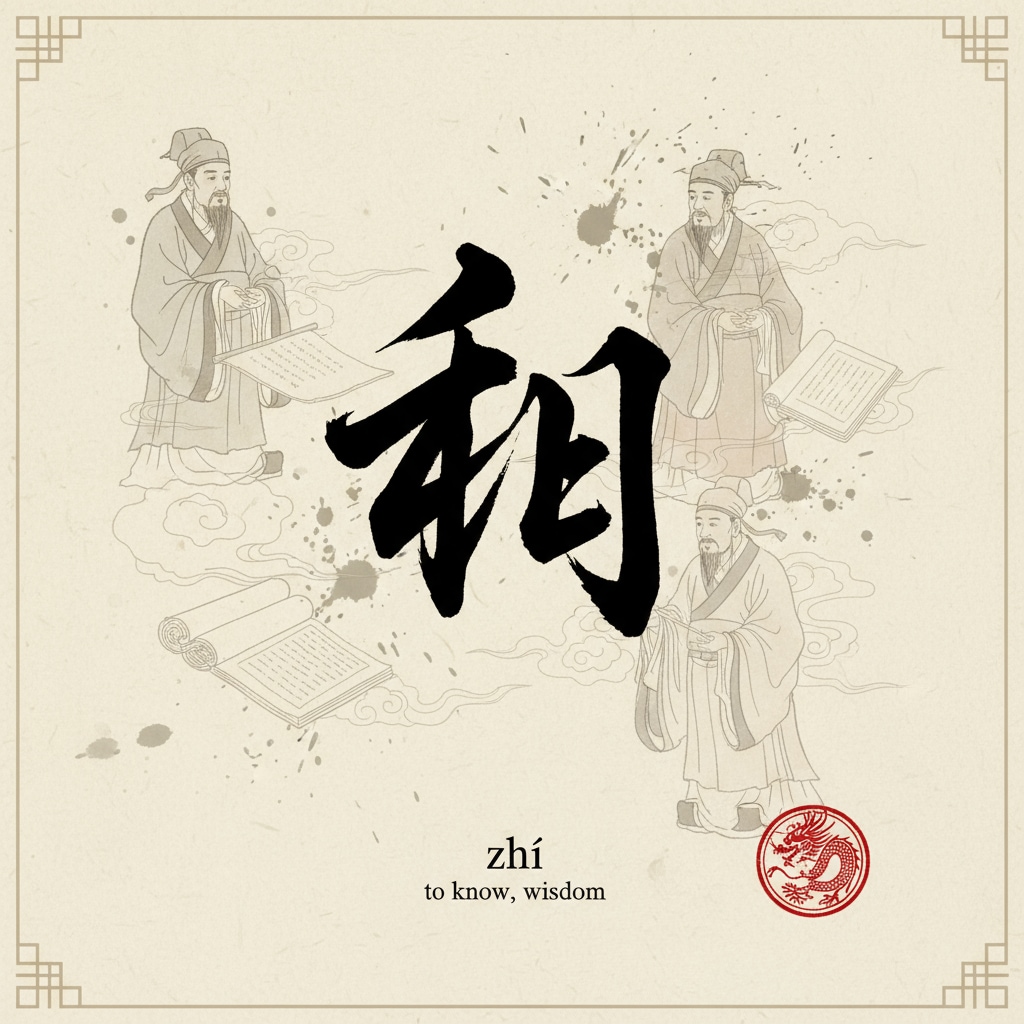The semantic and cultural nuances of words can offer profound insights into the educational thinking patterns of different cultures. When we examine the Chinese word “知 (Zhi)” and its English counterpart “understand”, we embark on a journey that reveals significant language differences and cultural thinking disparities. These differences have far – reaching implications for modern K12 education.

The Semantic Landscape of “知 (Zhi)”
In Chinese, “知 (Zhi)” has a broad range of meanings. At its most basic level, it can simply mean “to know” in the sense of having information or being aware of something. For example, one can say “我知 道这个事情 (Wǒ zhī dào zhè gè shì qíng)” which translates to “I know about this matter”. However, “知” also encompasses a sense of recognition and acquaintance. It’s not just about rote knowledge but also about being familiar with a concept or a person. According to Wikipedia’s entry on the Chinese language, the character has a long – standing history in Chinese literature and philosophy, carrying the weight of traditional Chinese thought.

The Depth of “Understand”
“Understand”, in English, implies a deeper level of comprehension. It’s not merely about having information but also about making sense of it, seeing the relationships between different elements, and being able to apply the knowledge in various contexts. For instance, when we say “I understand the theory”, we mean that we can analyze, interpret, and potentially use the theory. As Britannica’s page on the English language states, the word has evolved over time to represent a more profound cognitive process. This deeper connotation reflects the Western emphasis on critical thinking and analysis.
Cultural Thinking Embodied
The difference in semantics between “知” and “understand” mirrors the cultural thinking differences between the East and the West. In Chinese culture, the concept of “知” is often linked to rote learning and memorization in the early stages of education. The focus is on absorbing a large amount of knowledge, building a foundation. In contrast, Western educational thinking, as represented by “understand”, promotes active engagement, exploration, and the development of critical thinking skills from an early age.
Implications for K12 Education
In modern K12 education, integrating the strengths of both “知” – based and “understand” – based thinking can be transformative. By combining the Chinese approach of knowledge accumulation with the Western emphasis on deep understanding, students can develop a more comprehensive learning ability. Teachers can design curricula that first introduce basic knowledge (similar to the “知” concept) and then encourage students to explore, question, and apply that knowledge (akin to “understand”).
Readability guidance: Each section here focuses on a key aspect of the comparison between “知” and “understand”. The use of short paragraphs and clear explanations helps to make the complex topic accessible. Transition words like “however”, “in contrast”, and “for instance” are used to enhance the flow of the article.


